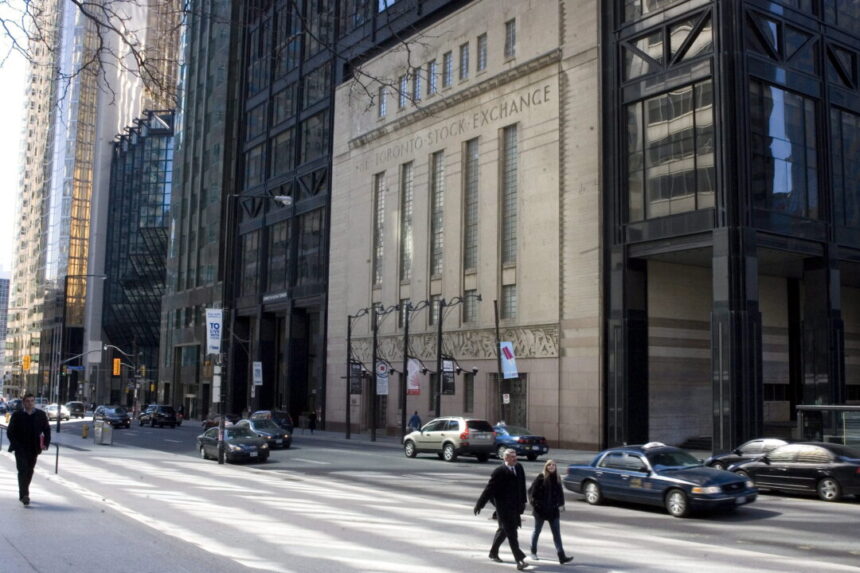Commentary
Public pension, endowment funds, and individual investors are always interested in the next “big thing,” a new investment vehicle or asset class that promises diversification while increasing returns and decreasing risk.
Obviously, there must be advantages to private credit, otherwise it would not be popular. Advocates point to higher yields, which is true. However, the yield is at the price of higher risk of default or a credit event that negatively impacts the investor/lender. Pricing credit risk is always difficult. Commercial bankers are incentivized to be prudent, since having a book of loans with higher credit events and problems than your peers at the bank is a sure-fire ticket to working at a branch. The private credit company has less of an incentive to be careful because, unlike salaried loan officers at the bank, they earn juicy fees.
It must be pointed out that a huge difference between private debt and publicly traded corporate bonds is that there is no public market for this type of debt. Therefore, there is no market price that adjusts for investor sentiment, changes in creditworthiness, or changes in interest rates. Private credit vehicles are not marked to market, i.e., the private credit company can basically price the loans are their whim. That makes the assessment of price risk impossible. The return risk of private credit will look superior to investment-grade and even high-yield corporate debt—even if credit risk is higher. The reason is that price risk only appears lower because it is not adjusted continually.
The investor is expected to rely on the expertise of the private credit manager. After all, we are told these are brilliant people who understand this stuff backwards and forwards. There is no need for the simple investor to ask questions. It would just trouble our small minds.
The 2007–2008 Global Financial Crisis was precipitated by a cascade of credit issues in the securitized securities market. Some astute investors avoided this catastrophe because they realized that these instruments were never stress tested against a 1981 recession scenario. Can most of these instruments survive the next significant economic downturn? Time will tell, but caution is advised.
Views expressed in this article are opinions of the author and do not necessarily reflect the views of The Epoch Times.
Please provide an alternative version.
Source link








